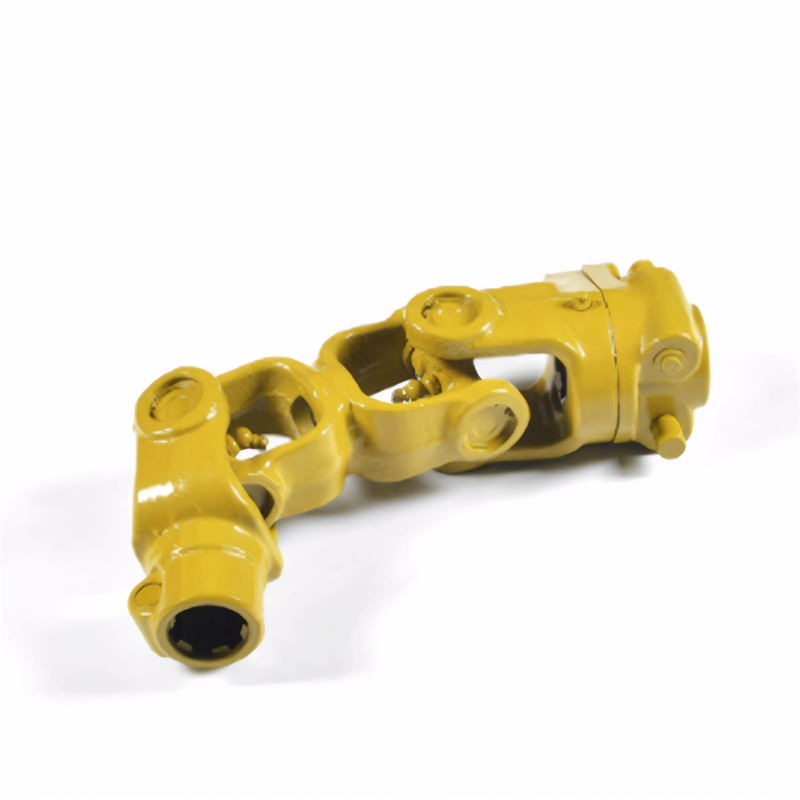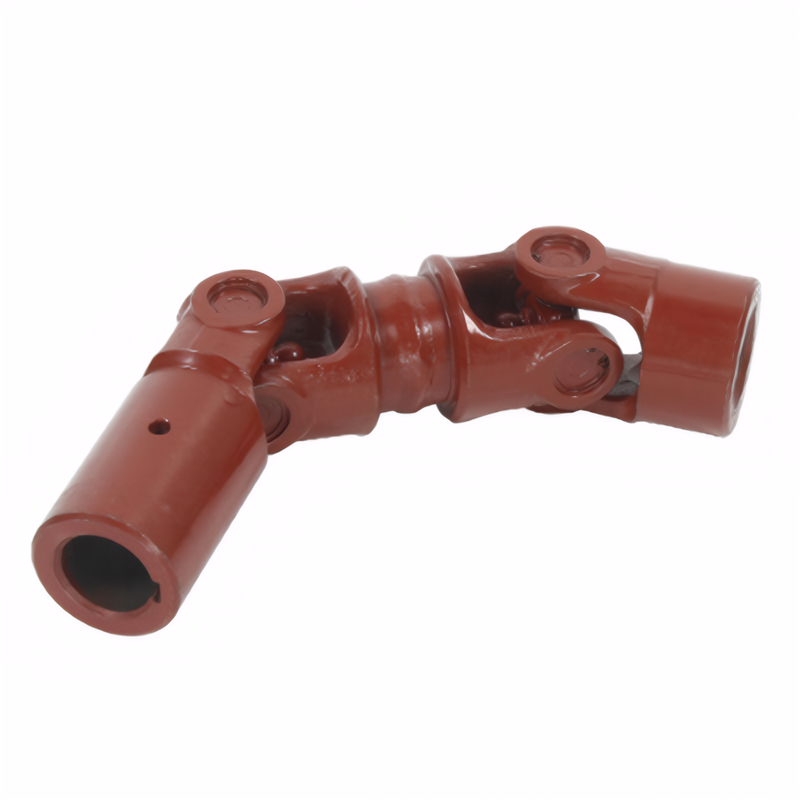Adjustment of the middle support of the drive shaft
Adjustment of Transmission Shaft Intermediate Support: A Comprehensive Guide
Understanding the Role of Intermediate Support in Transmission Shafts
The intermediate support in a transmission shaft system plays a crucial role in maintaining the stability and smooth operation of the shaft. It serves as a pivotal point that absorbs vibrations and reduces wear, ensuring that the transmission shaft can efficiently transfer power from the engine to the drive wheels. Without proper intermediate support, the transmission shaft would be prone to excessive vibration, leading to premature failure of related components.
Common Issues Requiring Intermediate Support Adjustment
Several issues can arise that necessitate the adjustment of the transmission shaft intermediate support. One of the most prevalent problems is excessive axial clearance in the bearing. When the axial clearance exceeds the recommended limit, it can cause the intermediate support to emit abnormal noises and the transmission shaft to vibrate severely. This, in turn, accelerates the wear of other force-transmitting components, such as the universal joints and sliding forks.
Another issue that may require adjustment is the misalignment or looseness of the intermediate support. If the support is not properly aligned or secured, it can lead to uneven load distribution on the bearing, causing premature wear and failure. Additionally, damage to the rubber cushion ring or the intermediate support bracket can also affect the performance of the intermediate support, necessitating adjustments or replacements.
Step-by-Step Guide to Adjusting Intermediate Support
Preliminary Checks and Preparations
Before proceeding with the adjustment, it is essential to conduct a thorough inspection of the transmission shaft and intermediate support. Start by checking the axial clearance of the bearing using a feeler gauge or a similar measuring tool. If the clearance exceeds the recommended limit, adjustment is required. Next, inspect the rubber cushion ring for any signs of cracking or damage. Also, examine the intermediate support bracket for cracks or deformations.
Ensure that the vehicle is parked on a level surface and the wheels are properly choked to prevent any movement during the adjustment process. It is also advisable to wear appropriate safety gear, such as gloves and eye protection, to protect yourself from potential hazards.
Disassembly of Intermediate Support Components
To adjust the intermediate support, you will need to disassemble certain components. Begin by removing the bolts connecting the universal joint flange to the rear axle main reducer and the intermediate transmission shaft flange. Gently tap the sliding fork with a hammer while supporting it with your hand to detach the transmission shaft.
Next, remove the bolts connecting the intermediate transmission shaft to the变速器 (gearbox) output shaft flange and the two bolts securing the intermediate support bracket to the vehicle frame crossbeam. Carefully lift the intermediate transmission shaft along with the intermediate support and set it aside.
Once the intermediate support is removed, disassemble it further by removing the bolts and nuts securing the flange and the intermediate bearing. Take out the spacer between the two inner rings of the double-row tapered roller bearing. This spacer is crucial for adjusting the axial clearance of the bearing.
Adjustment of Axial Clearance
The key to adjusting the intermediate support lies in controlling the axial clearance of the bearing. If the clearance is excessive, you will need to grind down the spacer between the two inner rings of the bearing to reduce its thickness. The goal is to achieve an axial clearance of 0.15 to 0.25 mm when the bearing is in a free state without any axial force applied.
After grinding the spacer to the desired thickness, reassemble the intermediate support by placing the spacer back between the two inner rings of the bearing and securing it with the bolts and nuts. Tighten the flange nut to a torque of 195 to 245 N·m, ensuring that the bearing's axial clearance is reduced to approximately 0.05 mm. You can check this by rotating the outer ring of the bearing; there should be no noticeable axial play.
Reassembly and Final Checks
With the axial clearance adjusted, proceed to reassemble the intermediate support and the transmission shaft. Start by installing the intermediate support back onto the intermediate transmission shaft and securing it with the bolts and nuts. Ensure that the rubber cushion ring is properly seated and free from any damage.
Next, reconnect the universal joint flanges and tighten the bolts to the specified torque. Use a torque wrench to ensure accurate tightening and prevent over-tightening or under-tightening, which can affect the performance of the transmission shaft.
Finally, conduct a thorough check of the entire assembly. Rotate the transmission shaft by hand to ensure that it moves smoothly without any binding or excessive vibration. Start the engine and engage the gears to test the transmission shaft under load. Listen for any abnormal noises and observe the vibration levels. If everything appears normal, the adjustment process is complete.
Maintenance Tips to Prolong Intermediate Support Life
Regular maintenance is essential to prolong the life of the transmission shaft intermediate support. One of the most important maintenance tasks is to keep the bearing well-lubricated. Use a high-quality grease that is compatible with the bearing material and operating conditions. Inject enough grease through the grease fitting to ensure proper lubrication and reduce wear.
Additionally, inspect the intermediate support regularly for any signs of damage or wear. Check the rubber cushion ring for cracking or deformation and replace it if necessary. Also, examine the intermediate support bracket for cracks or deformations and repair or replace it as needed.
Avoid subjecting the vehicle to excessive loads or sudden impacts, as these can put undue stress on the transmission shaft and intermediate support. Drive the vehicle smoothly and avoid harsh acceleration or braking, which can cause the transmission shaft to vibrate excessively and accelerate wear.
 Accuracy requirements for the
Accuracy requirements for the
 Selection of universal joint t
Selection of universal joint t
 Standard for coaxiality error
Standard for coaxiality error
 Requirements for the surface r
Requirements for the surface r
 简体中文
简体中文 English
English
